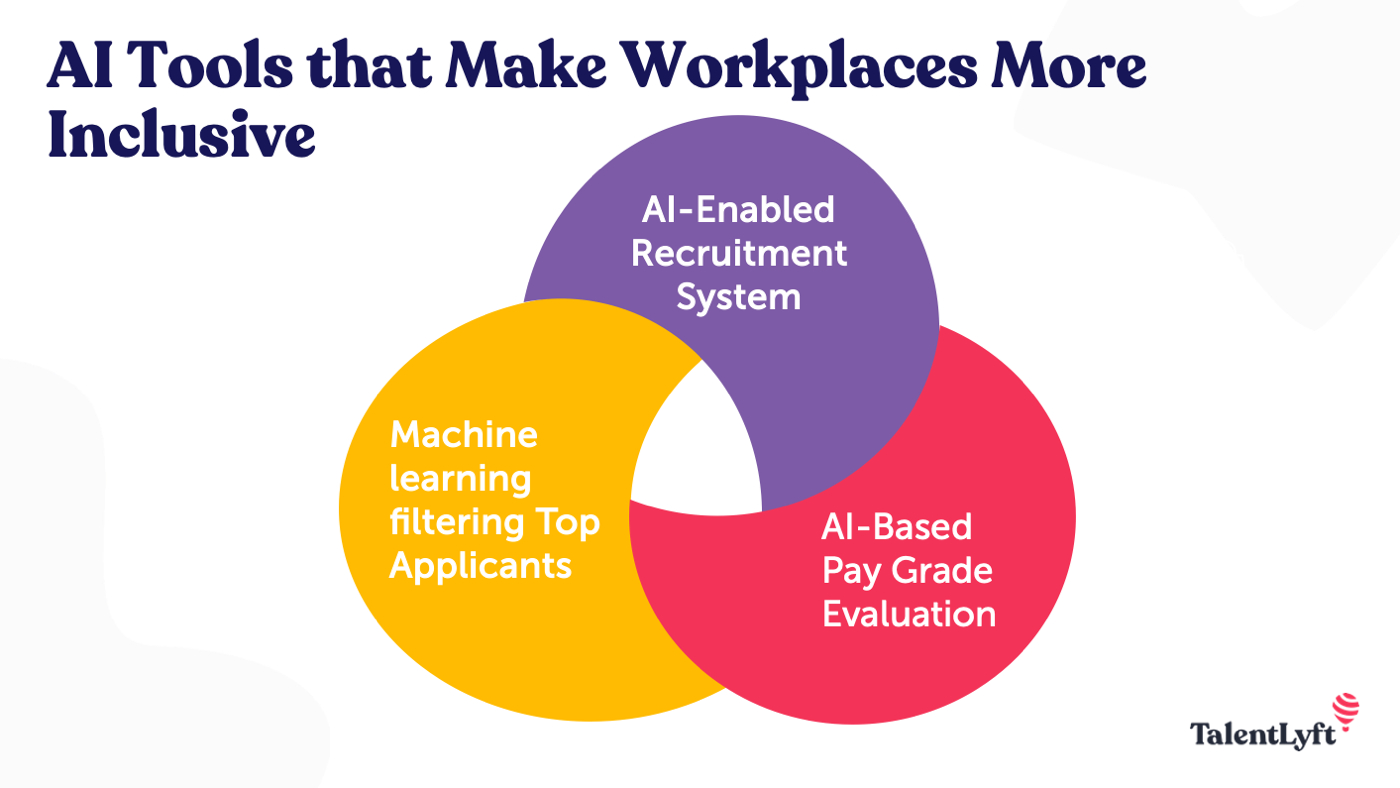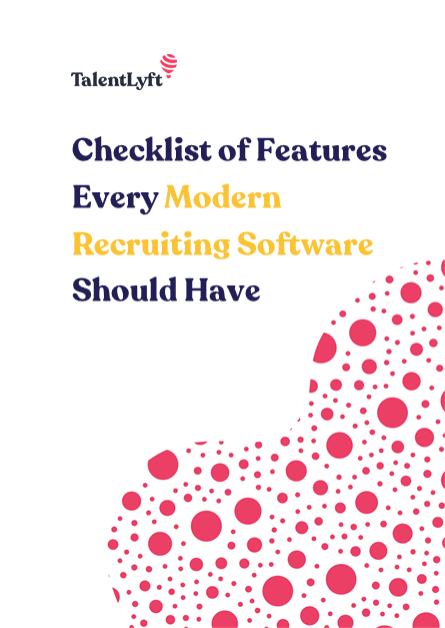
Diverse work environments welcome and provide competent employees regardless of gender, race, ethnicity, and any other labels that classify people. The call towards more inclusive and diversified workplaces is a hard-fought battle; it still is.
Diverse work environments welcome and provide competent employees regardless of gender, race, ethnicity, and any other labels that classify people. The call towards more inclusive and diversified workplaces is a hard-fought battle; it still is.
Showcasing diversity, especially among leadership positions, is proving to be a significant motivational factor for the employees. However, in a survey done by the Harvard Business Review, 78% of the respondents see the lack of representation in these positions.
The glass ceiling that divides the minorities is sure hard to break. The lack of diversity in top positions is also understood as a shortcoming in welcoming and getting accustomed to differences.
The working population is also becoming more diverse. The younger generations, Millenial and Gen Z, are more varied in race and ethnicity than previous cohorts. In the United States alone, almost half of the younger generation is genuinely American.
Inclusivity goes hand in hand with diversity. But most of the time, it gets forgotten. Workplace inclusion means that employees with diverse backgrounds feel that they are a part of the environment. They feel like their identity is truly accepted and appreciated, and not just another statistic to reach the diverse hiring quota.
Driving towards diversity and inclusivity isn’t only a potent factor for motivation; it is the future of the workplace.
Businesses are boosting their efforts towards diversifying the workplace. They are conducting measures, such as creating metrics, to have an even rate of hires with various backgrounds to cultivate a more open and accepting culture.
One of the measures that companies are looking into is using more advanced technology, such as artificial intelligence (AI) in several industries—from manufacturing to customer service.
Now, it is proving to be an effective tool in upping the ante for both diversity and inclusivity in the workplace. Let’s look into some of the tools and methods.

The main hindrance of fully diverse work areas is personal bias. Bias, in a way, comes naturally to a person. Natural preferences, such as choosing sweet over bitter, have historical bases and ties with evolution. But, on the flip side, these biases have furthered discrimination and exclusion.
Personal biases that translate to the blatant preference for a particular race or gender when it comes to acquisition and promotion should be a big no-no in the workplace.
One way to counter these biases is to use AI-enabled recruitment systems. In these systems, the AI for talent acquisition and recruitment will be responsible for some of the processes. Again, it mimics the process of blind recruitment, but this time, the process is more rigid and sticks to the preferred metrics.
An AI-enabled system is also an effective tool in a bias-free selection process for role promotions. It tests out the employees’ skills and readiness for a higher position without bias and expectations.
With this tool, breaking the glass ceiling might just become more possible compared to our current situation.
Additionally, AI-enabled recruitment systems have set algorithms that automatically set up the members for interview panels at random. It also randomly pairs up the applicant with the committee.
This double-blind system during the interview aims to balance out the biases of the interviewers. They’ll also meet the applicant during the interview schedule. As a result, they can’t form assumptions about the applicant beforehand.
However, questions still come up because people are still behind the system. So, it’s still probable that personal biases are not entirely avoided, right?
Yes, the developers have their own biases. But, that doesn’t mean that their prejudices are reflected in the system.
A critical part of the development is to approximate a bias-free system by creating specific decision-making statements. These statements will look into and test and evaluate the skills of the applicant only. It doesn’t need to look into other identifiers.
The beauty of AI lies in its algorithm’s intricacies; how the elements align to come up with the desired output.
When used in the recruitment process, data-driven recruitment software systems use machine learning to pinpoint high-potential applicants for specific positions. This system matches potential applicants to jobs based solely on their skills and essential traits.
Identifiers that are often subject to prejudice, such as race, ethnicity, sexual orientation, and age, are not needed for this system. The exclusion of these details is only possible with software systems. People, as much as they try, will never get rid of these personal biases.
An added benefit that comes from using this system is its efficiency. It provides the best possible pool of applicants in the shortest possible time. It lessens the tasks of the HR and supervisory team.
On top of that, acquiring this system for your company is a long-term investment that, in turn, provides long-lasting benefits. With a bias-free system, all potential employees are at the same level. No one is granted an unfair advantage even before starting the evaluation.
As a result, employees are also more motivated to work better. More employees can see and experience the equal windows of opportunities for career growth in the company.
In extreme cases, corporate prejudice is seen in the differences among the employees’ pay.
This blatant discrimination is often amplified when they are not granted the opportunity to move up the corporate ladder. One effort to do away from this is to use an AI-based system to evaluate an employee’s salary.
With this system, employees are offered a salary range that genuinely compensates for their responsibilities in the company. It is not affected by anything else other than mandated deductions and benefits.
Of course, this measure is used for the most extreme cases of discrimination in the workplace.
Diversity in workplaces is not a fad that companies should follow to get in with the times. It is a genuine strive for genuine inclusivity and the cultivation of safe spaces for everyone regardless of race, ethnicity, age, religion, and sexual orientation, among others.
And much like every progressive method today, technology plays a significant role in pushing for the diversification of work areas. These AI-based systems support the role of recruiters, supervisors, and evaluators for several essential workforce decisions to eliminate personal biases and emotion-driven decisions.
These developments in the field of human resources are only the start. More AI-based tools and software systems will develop in the future to further fine-tune corporate HR practices today.












